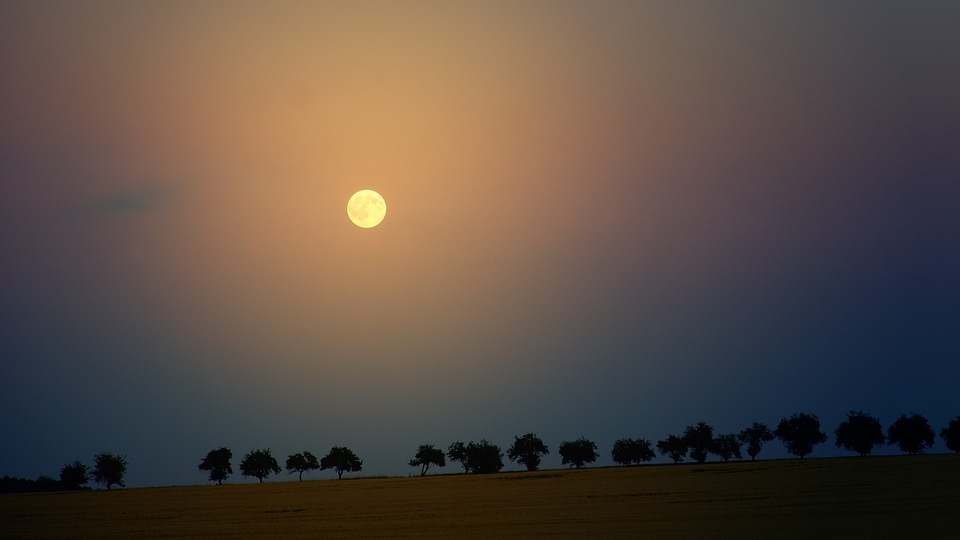Moon-rise: Exploring the Intriguing Orbits and Ice in Uranus’ Moon System
An Introduction to Ice, Intrigue, and Orbits
The celestial stage of our solar system is graced by a fascinating cast of characters, each with its own tale to tell. Among them, the moons of Uranus stand out, orbiting an enigmatic planet often overshadowed by our neighboring, more familiar celestial favorites. There are 27 known moons circling this distant world, tracing a dance around it, etched in ice and mystery.
Let’s dive into the cosmic ballet of Uranus’s moon system, exploring the intriguing orbits of these icy bodies and the secrets they hold clutched in silent brilliance.
The Ice Dancers Whirling Around Uranus
A portrait of the Uranus moon system is framed not just by ice but by variations in its composition, sizes, and orbits. Moons like Miranda, Ariel, Umbriel, Titania, and Oberon represent a diversity of icy worlds, each with unique characteristics and histories inscribed in their geological landscapes.
The largest moons, Titania and Oberon, possess complex terrains that invite astronomers to decipher their past. The fractures on Miranda’s surface narrate a tale of resilience against immense celestial forces. Ariel, Umbriel, and the smaller inner moons continue to intrigue scientists with their features that appear too strange for a simple gravitational formation.
Orbital Choreographies and Uranian Secrets
But where magic truly sparkles lies in the orbits of these moons. Questionably anachronistic, the uneven spacing between Uranus’s moons doesn’t align with the expected formations from accretion discs. Some researchers visualize an ancient, cataclysmic event that sent chunks of the moon system into unique trajectories. The dance continues as gravitational tugs between the moons perpetuate a ballet of perturbations that suggest the presence of unseen moons or extensive subsurface oceans.
Outer Reach: Voyager and the Encounter with Uranus’s Moons
Uranus’s moon system is primarily known from the brief encounter by NASA’s Voyager 2 spacecraft in 1986. Like a fleeting glimpse, this flyby captured our imagination and proffered unanswered questions. Today, the yearning for a more in-depth exploration persists, with concepts for future missions and sophisticated telescope technologies that could illuminate the secrets of Uranus’s moonsiness.
A Planet Tilted, A Moon Story Altered
Uranus’s peculiar axial tilt seems to have woven itself seamlessly into the story of its moons. The planet’s sideways tumbling potentially caused the moon system’s orbital eccentricities, painting a picture of astronomical chaos and mystery.
Visualizing the Chilled Worlds
Below is an artists’ rendition showcasing the wondrous forms and atmospheres of the chillingly beautiful moon system around Uranus, where ice reigns supreme:
[Image: A stunning visual representation of Uranus’s moons orbiting the gas giant, rendering their icy surfaces and intriguing orbit patterns.]
FAQs: Unveiling the Icy Orbits and Intricate Moon System of Uranus
Q: Are there other fictional or experimental missions planned to further explore the Uranus moon system?
A: NASA and other space agencies are constantly developing ideas for future space exploration missions, including some that could potentially visit Uranus and its moon system. These concepts are subject to numerous variables and require significant funding, technological advancements, and favorable mission selection processes.
Q: How does the axial tilt of Uranus affect the orbits of its moons?
A: Uranus’s peculiar axial tilt affects the orbits of its moons by causing their orbital eccentricities. This tilt might have been caused by a significant collision in the moon system’s past, resulting in an altered dance pattern as seen today.
Q: How does the peculiar orbital configuration of Uranus’s moons challenge the conventional models of moon formation?
A: The moons’ uneven spacing orders challenge the expected formations from accretion discs. Scientists propose alternative theories like an ancient, cataclysmic event sending pieces into unique trajectories or unseen moons controlling the dance via gravitational tugs.
Q: Are there any interesting geological features on Uranus’s moons?
A: Yes. Moons like Miranda exhibit fractures on their surfaces indicating resilience against intense celestial forces. Other moons, like Titania and Oberon, exhibit complex terrains that involve interior resurfacing, suggesting that these bodies experience tectonic or volcanic activities.
With its moons, Uranus remains a realm of ice, mystery, and wonder. The intricate dance of these frozen dancers around their planet continues to spin a tantalizing tale of cosmic choreography, tempting us with its icy secrets yet to be unraveled.



